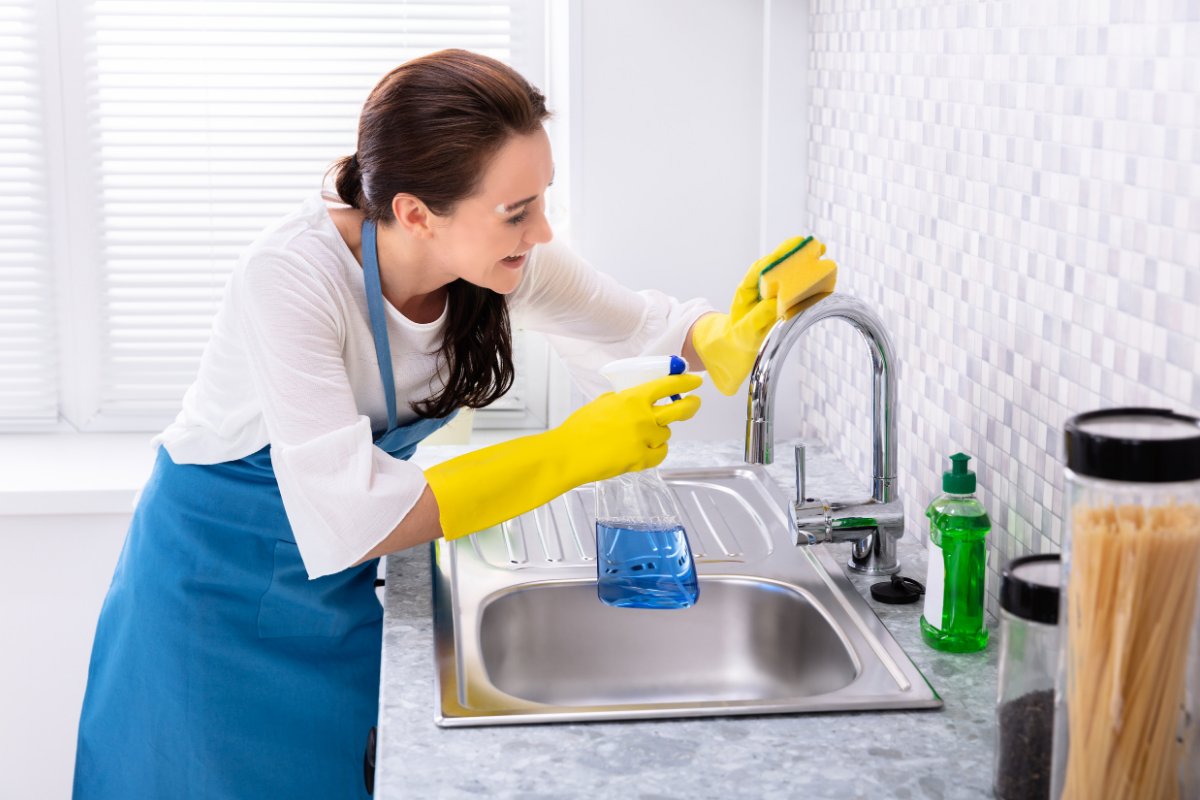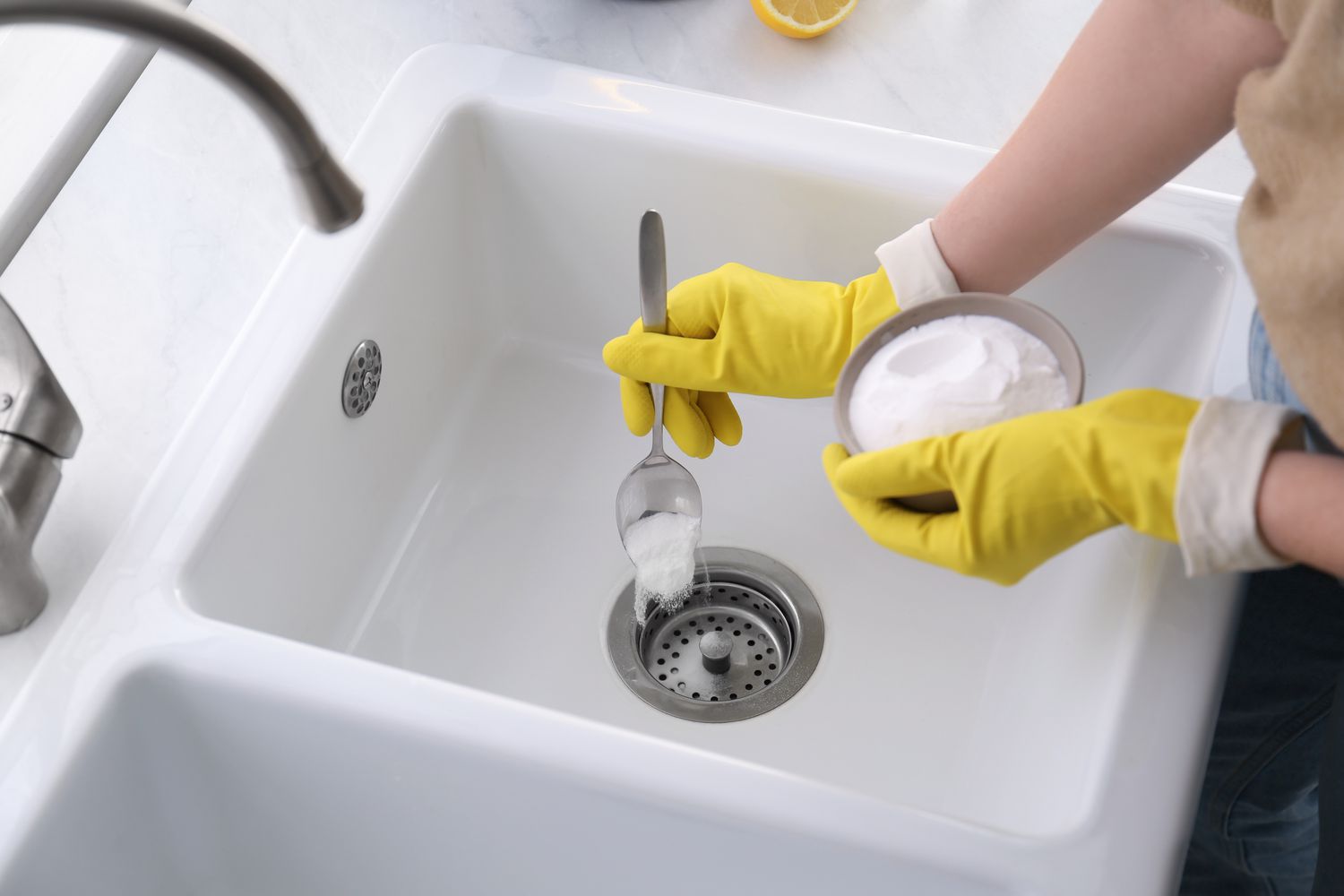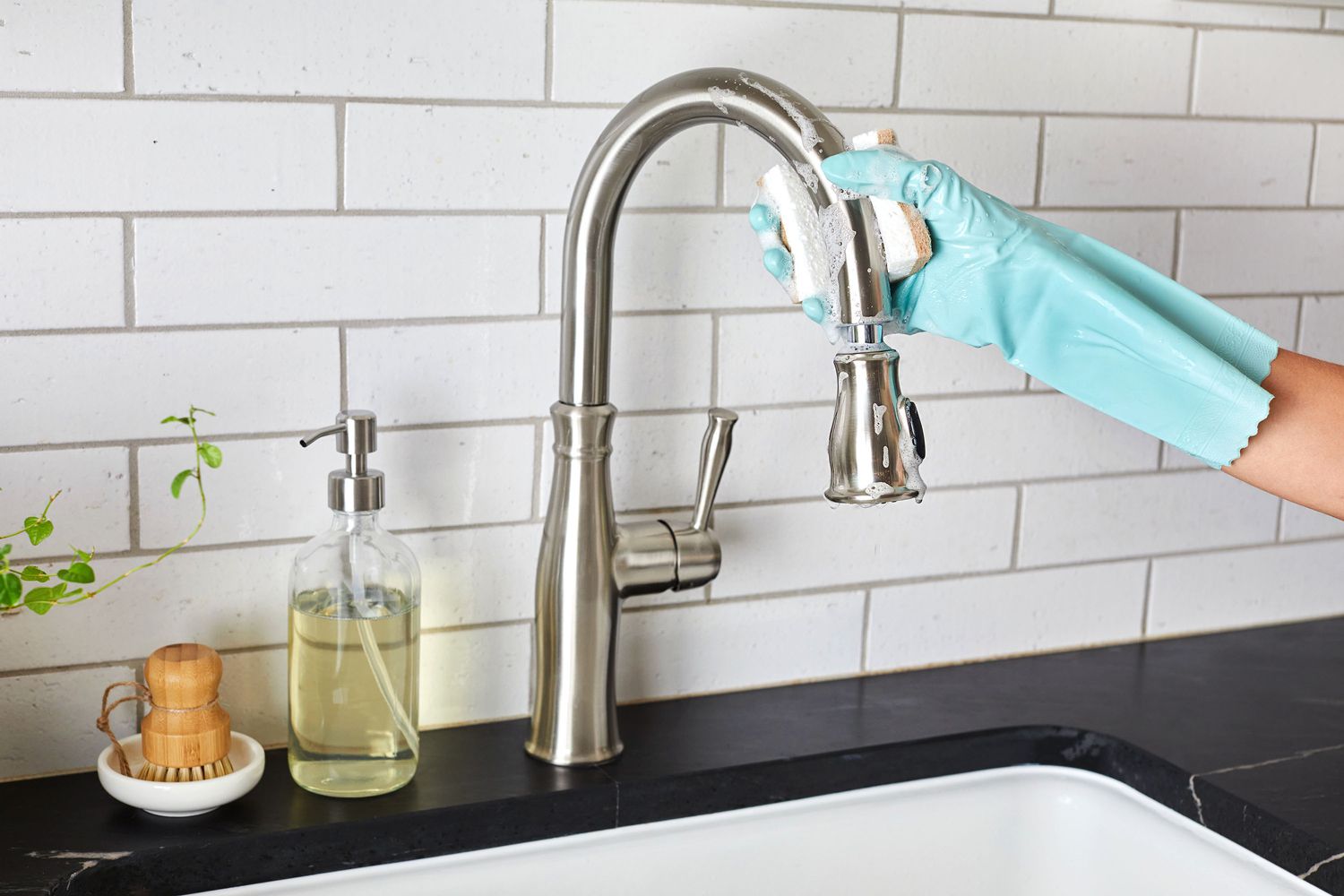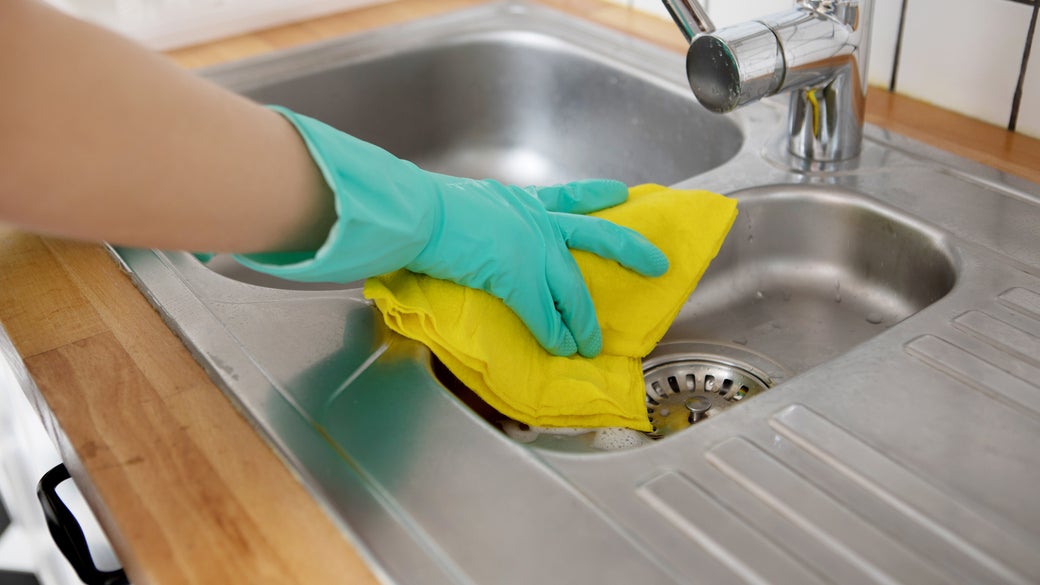Introduction: The Importance of a Clean Kitchen Sink
The kitchen sink is one of the most frequently used and essential fixtures in any home. From washing dishes and preparing meals to cleaning fruits and vegetables, the kitchen sink plays a central role in daily kitchen activities. However, with regular use, sinks can quickly become dirty, stained, and harboring bacteria. In this comprehensive guide, we will explore effective tips and techniques for keeping your kitchen sink sparkling clean and hygienic, ensuring a pristine and inviting cooking space.

Understanding Common Sink Materials: Choosing the Right Cleaning Methods
Before delving into cleaning techniques, it’s essential to understand the materials commonly used for kitchen sinks and their specific cleaning requirements. The most common sink materials include stainless steel, porcelain enamel, composite granite, and fireclay. Each material has unique properties and care instructions, so it’s essential to choose cleaning methods that are safe and effective for your sink’s surface.
Cleaning Stainless Steel Sinks: Removing Stains and Deodorizing
Stainless steel sinks are durable, resistant to corrosion, and easy to clean, making them a popular choice for kitchens. To clean a stainless steel sink, start by rinsing away any food debris and applying a mild abrasive cleaner or stainless steel polish. Use a soft sponge or cloth to scrub the sink in the direction of the grain, focusing on areas with stains or water spots. Rinse thoroughly with water and buff dry with a clean cloth to restore shine. For stubborn stains or discoloration, consider using a paste of baking soda and water or white vinegar to gently scrub the surface.
Caring for Porcelain Enamel Sinks: Preventing Scratches and Chips
Porcelain enamel sinks are known for their glossy finish and classic aesthetic appeal. To clean a porcelain enamel sink, avoid abrasive cleaners and harsh chemicals that can scratch or damage the surface. Instead, use a mild dish soap or baking soda paste applied with a soft sponge or cloth to gently clean the sink. For tough stains or mineral deposits, soak a cloth in white vinegar or lemon juice and place it over the stained area for several hours before scrubbing. Rinse thoroughly with water and dry with a soft towel to prevent water spots and maintain the sink’s luster.

Maintaining Composite Granite Sinks: Resisting Stains and Discoloration
Composite granite sinks are a durable and stylish option for modern kitchens, offering the look of natural stone with added strength and resistance to stains and scratches. To clean a composite granite sink, use a pH-neutral cleaner or a mixture of dish soap and warm water to remove dirt and debris. Avoid abrasive cleaners, bleach, or ammonia-based products that can damage the sink’s surface. For stubborn stains or discoloration, create a paste of baking soda and water and gently scrub the affected area with a soft sponge or nylon brush. Rinse thoroughly and dry with a microfiber cloth to prevent water spots and maintain the sink’s appearance.
Preserving Fireclay Sinks: Protecting Against Chips and Cracks
Fireclay sinks are prized for their timeless elegance, durability, and resistance to heat and stains. To clean a fireclay sink, use a mild dish soap or vinegar solution and a soft sponge or cloth to gently scrub the surface. Avoid abrasive cleaners, bleach, or abrasive scrubbers that can scratch or damage the sink’s finish. For tough stains or mineral deposits, soak a cloth in white vinegar or lemon juice and place it over the stained area for several hours before scrubbing. Rinse thoroughly with water and dry with a soft towel to prevent water spots and maintain the sink’s pristine appearance.

Eliminating Odors and Bacteria: Tips for Deep Cleaning and Sanitizing
In addition to removing dirt and stains, it’s essential to eliminate odors and bacteria to ensure a hygienic kitchen sink. To deep clean and sanitize your sink, consider the following tips:
- Regularly disinfect the sink with a solution of equal parts water and white vinegar or hydrogen peroxide.
- Use a disinfectant spray or wipes to clean the faucet, handles, and drain area.
- Run hot water and dish soap down the drain to flush away food debris and prevent clogs.
- Disinfect sink accessories such as drain stoppers, brushes, and sponges in hot soapy water or a bleach solution regularly.

Preventing Future Buildup: Daily Maintenance Habits
In addition to periodic deep cleaning, establishing daily maintenance habits can help prevent future buildup and keep your kitchen sink looking sparkling clean. Consider incorporating the following practices into your cleaning routine:
- Wipe Down After Use: After each use, wipe down the sink with a clean sponge or cloth to remove any food particles. Soap residue, or water spots. This will prevent the buildup of grime and bacteria and maintain the sink’s cleanliness between deep cleanings.
- Keep It Dry: After washing dishes or completing kitchen tasks. Dry the sink basin and surrounding countertops with a clean towel to prevent water spots and mineral deposits from forming. Pay particular attention to areas around the faucet and drain where water tends to accumulate.
- Avoid Standing Water: Avoid leaving standing water in the sink for extended periods, as this can promote the growth of bacteria and mold. Promptly empty and dry the sink after each use to prevent moisture buildup and foul odors.
- Use Sink Mats or Liners: Consider using sink mats or liners to protect the sink’s surface from scratches, chips, and stains caused by pots, pans, and utensils. Choose mats or liners made of silicone or rubber that are easy to clean and maintain.
- Dispose of Food Scraps Properly: Use a sink strainer or garbage disposal to catch food scraps. Prevent them from clogging the drain. Avoid pouring grease, oil, or coffee grounds down the drain, as these can solidify and cause blockages over time.
- Regularly Clean Sink Accessories: Clean sink accessories such as dish racks, soap dispensers. And scrub brushes regularly to prevent the buildup of bacteria and soap scum. Wash removable accessories in hot, soapy water or run them through the dishwasher as needed.

By following these tips and techniques, you can keep your kitchen sink sparkling clean, hygienic. And inviting for cooking, cleaning, and food preparation. With regular maintenance and proper care, your sink will remain a functional. Aesthetic centerpiece of your kitchen for years to come.


